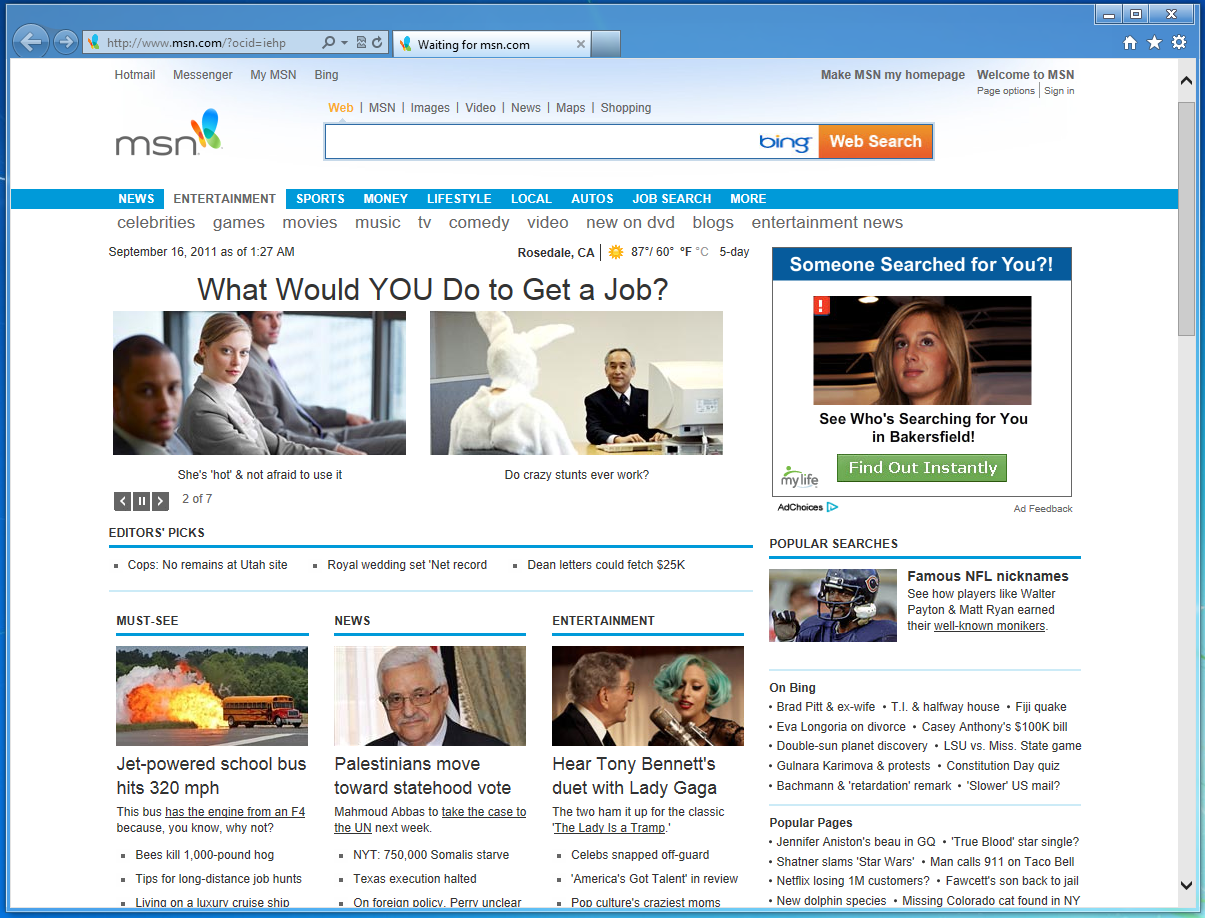Windows 8 In Videos: An Operating System Reimagined?
Interacting With Metro And Vanilla
For a lack of a better description, Vanilla is the regular desktop environment (non-Metro) part of Windows 8. Microsoft is trying to consolidate the interfaces of multiple products under one roof, but a single interface could serve to emphasize the performance delta between ARM-based smartphones and x86-based desktops.
Right now, the Internet history in IE 10 is shared between Vanilla and Metro. So, when you move back and forth, you don’t have to keep track of two histories or two bookmark lists. This helps IE 10 appear to function as a single program. However, that’s not really true. Windows 8 has separate processes for Vanilla mode and Metro, which is clear when you peek in the Task Manager.
Like Android, tile applications can’t be closed, though. Instead, they are stored in RAM when you move between Metro apps or switch to desktop mode. When you run low on memory, the system ejects Metro programs from RAM. This is more of an issue on performance-limited ARM-tablets because the Metro version of IE 10 caches all webpage data to system memory and not the disk (see video).
Ideally, we still need a way to quit programs without resorting to ending tasks in the Task Manager. This really brings to light a larger issue. Microsoft looks to have done a great job of integrating the interface. But when you dig deep, Vanilla and Metro are still somewhat segregated. This could result in performance ramifications.
Get Tom's Hardware's best news and in-depth reviews, straight to your inbox.
Current page: Interacting With Metro And Vanilla
Prev Page Behind The Metro Mask: Desktop And Windows Explorer Next Page Windows Store: Drumming Up App Support
